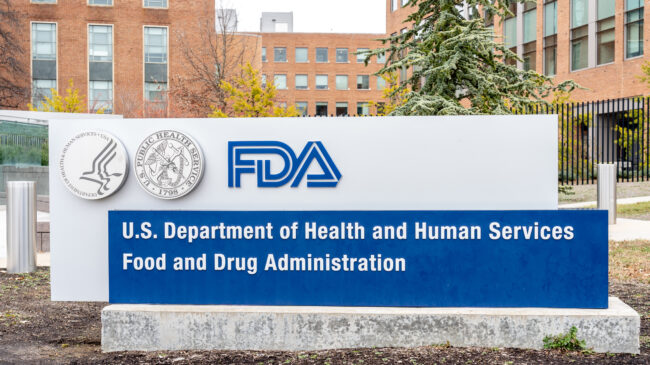Many people are born with or develop very serious medical problems that threaten to shorten their lives or severely reduce their quality of life. This tragedy can be avoided or ameliorated with innovative pharmaceutical treatments. Simply put, pharmaceuticals can help people lead happier, longer, and more productive lives. But pharmaceutical innovation in the United States has slowed in recent decades while pharmaceutical costs have skyrocketed, placing many vulnerable individuals beyond the hope of receiving life-changing drugs.
Between the 1970s and 2000s, the average cost of bringing a new pharmaceutical to market increased by an order of magnitude, even after adjusting for inflation. This has occurred over the same period that major technological breakthroughs have been made in the fields of computer processing, telecommunications, engineering, and even the practice of medicine more broadly. Indeed, most U.S. industries have been able to create innovative new products and push down costs since the mid-20th century.
So why has pharmaceutical development become slower and more costly? After all, big screen panel televisions are nice but not nearly as critical as health and life itself.
The U.S. government clearly understands how important pharmaceutical development and innovation are. Congress has established and financed a vast bureaucracy to oversee pharmaceutical development and passed many laws intended to spur innovation and reduce costs. Yet, it seems the more efforts Congress makes, the higher prices climb and the slower innovation becomes, imposing negative consequences on both the quantity and quality of human life. Many observers find this result understandably frustrating.
What if the way we choose to regulate pharmaceutical development contributes to these frustrating results?
Most industrialized nations have created national or supranational regulatory authorities to oversee pharmaceutical development, but not all work the same way. Comparing the U.S. Food and Drug Administration (FDA)—the agency with primary responsibility for regulating pharmaceuticals—with corresponding agencies in other countries offers key insights.
Even comparing today’s FDA to the FDA at different points in time reveals how the agency’s regulatory apparatus and relationship with industry have evolved, often with consequences for the health of private individuals. From these insights, it is possible to imagine different methods of pharmaceutical regulation that would better serve society’s needs by encouraging widespread availability of life-saving drugs at prices individuals can better afford.
This brief reviews the regulatory apparatus governing pharmaceutical development in the United States.
Part 1 examines the historical cost trends—for both time and money—of bringing an approved pharmaceutical to market.
Part 2 examines the effect of pharmaceutical regulation on human life and considers both the benefits and costs of that regulation on Americans’ health.
Part 3 explains the basic regulatory process for pharmaceutical development and examines key policy issues and economic trends that influence pharmaceutical development.
Part 4 highlights emerging special topics in pharmaceutical regulation, such as medical research into the cannabis plant and its derivatives, and the FDA’s growing scope of powers, including previous attempts to regulate common food items.
Part 5 concludes with recommendations for how best to reform the FDA’s mission to achieve the broad public goal of improving the lives and health of all Americans.
Full Brief — Focus on the FDA: Allowing the Market to Determine Effectiveness

